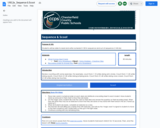
Purpose & SOL
Students will be able to read and write numerals 0-120 in sequence and out of sequence (1.NS.2a)
- Subject:
- Health/Physical Education
- Mathematics
- Physical Education
- Material Type:
- Game
- Author:
- Kristen Callan
- Date Added:
- 09/25/2024

Purpose & SOL
Students will be able to read and write numerals 0-120 in sequence and out of sequence (1.NS.2a)

Standards of Learning
The student will participate in collaborative and partner discussions about various texts and topics. (ELA.1.1.1d)
I Can Statement(s)
I can use an appropriate voice level and give a reason to support my answer.
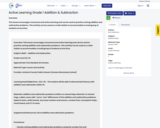
This lesson encourages movement and active learning and can be used to practice solving addition and subtraction problems. This activity can be used as a math station to accommodate a small group of students at one time.
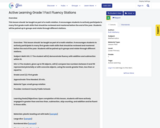
This lesson should be taught as part of a math rotation. It encourages students to actively participate in many first grade math skills that should be reviewed and mastered before the end of the year. Students will be paired up in groups and rotate through different stations.
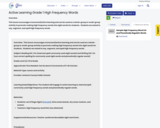
This lesson encourages movement/active learning and can be used as a whole-group or small-group activity to promote making high frequency words into sight words for students. Students are asked to say, segment, and spell high frequency words.

This lesson/activity includes active movement with the learning of ordinal numbers. After receiving an introduction/explanation to ordinal numbers, the students will take turns throwing their own bean bag from behind a line. When finished, the class will together list off the order of farthest to shortest throws using ordinal numbers (i.e., first - Anna, second - John, etc.).
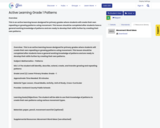
This is an active learning lesson designed for primary grades where students will create their own repeating or growing patterns using movement. This lesson should be completed after students have a general working knowledge of patterns and are ready to develop their skills further by creating their own patterns.
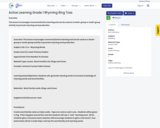
This lesson encourages movement/active learning and can be used as a whole-group or small-group activity to promote rhyming word production.
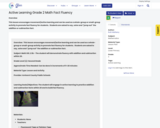
This lesson encourages movement/active learning and can be used as a whole-group or small-group activity to promote fact fluency for students. Students are asked to say, solve and “jump out” the addition or subtraction fact.
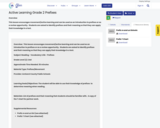
This lesson encourages movement/active learning and can be used as an introduction to prefixes or as a review opportunity. Students are asked to identify prefixes and their meaning so that they can apply their knowledge in a text.

This lesson is designed to encourage movement/active learning and can be used as a review activity to check for understanding of some common affixes and roots.

This lesson encourages movement/active learning and can be used as an introduction to synonyms and antonyms or as a review opportunity. Students are asked to identify synonyms and antonyms before then applying their knowledge in a text.
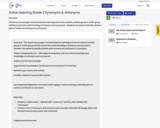
This lesson encourages movement/active learning and can be used as a whole-group or small-group activity to promote understanding of antonyms and synonyms. Students are asked to identify whether pairs of words are antonyms or synonyms.
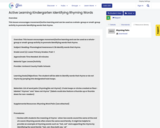
This lesson encourages movement/active learning and can be used as a whole-group or small-group activity to promote identifying words that rhyme.
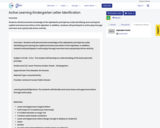
Students will demonstrate knowledge of the alphabetic principle by orally identifying and naming the capital and lowercase letters of the alphabet. In addition, students will participate in active play through exercises and a physically driven activity.

Students will participate in active learning activities to review letter names/sounds and identify words that begin or end with the same sound.
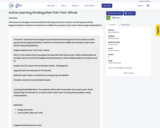
This lesson encourages movement/active learning and can be used as a small-group activity (approximately 5 students to 1 teacher) to solidify the concept of part-part-whole using manipulatives.
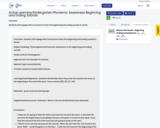
Students will engage with movement to hear the beginning and ending sounds in words.

The purpose of this podcast is for students to listen and regulate emotions with a mixture of balancing as well as breathing exercises.
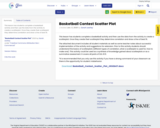
This lesson has students complete a basketball activity and then use the data from the activity to create a scatterplot. Once they create their scatterplot they determine correlation and draw a line of best fit.